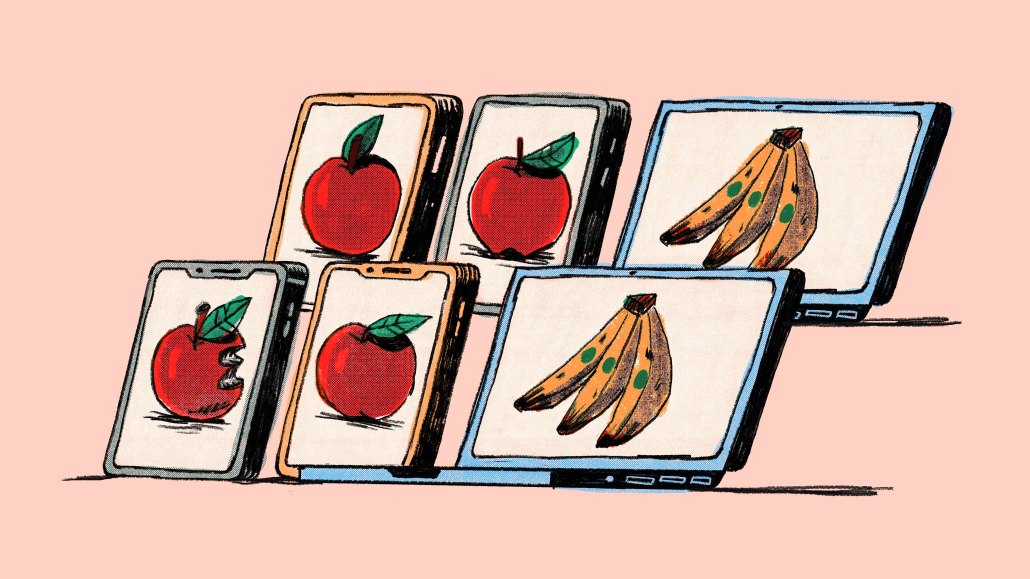Kraft increases investment in its digital media mix with a focus on nostalgia and millennial parents

Kraft is boosting its digital media mix with a focus on digital out-of-home, and is following the shopping habits of millennial parents in an effort to capture their attention where they spend their time.
The strategy follows Lactalis Heritage Dairy’s acquisition of the cheese division of the brand in 2021 from Kraft-Heinz. It’s Kraft’s first multimillion-dollar campaign following the acquisition, and the brand’s goal is to establish a strong connection with millennial parents, particularly during the spring and summer months.
According to Ken Padgett, marketing director of Lactalis Heritage Dairy, Kraft’s marketing strategy has been in the works for 14 months. In addition to preparing television and sponsored ads, Kraft has also taken an interest in digital OOH and social media displays to account for how consumer shopping habits have changed. For example, millennial and Gen Z now shop more often through apps like Instacart, Uber Eats and shoppable experiences on social media platforms Facebook, Instagram, and TikTok.
“We want to bring the emotional connection that consumers have together, especially with the climate in the landscape that we’re facing coming out of a global pandemic,” said Padgett. “In the wake of increasing inflation that consumers are experiencing daily, we want to be that trusted partner for them during mealtimes and special occasions.”
Padgett said Kraft’s campaign drew from ’90s traditions involving families making food together to create nostalgia-themed ads for television and digital displays to help the brand connect with millennial parents. To do so, Kraft is utilizing digital OOH banners in a variety of sizes and strategic locations across the country. The brand is also using social media banners on Facebook, Pinterest and Instagram as part of the campaign, with the goal of driving traffic to its online store.
In general, programmatic digital OOH advertising has become a more innovative way for marketers to reach their target audiences in the physical world due to the rapid growth of the digital advertising industry. According to Research and Markets, the digital OOH market is expected to reach $33 billion by 2026.
“A multi-medium campaign is critical as it allows Kraft to share their message in a variety of ways that will resonate with different target consumers,” said Magda Houalla, director of marketing strategy at Aspire. “Not all consumers will see all advertisements and the more touch points available, the broader your reach or more possibilities for reaching your target consumer.”
Ad position: web_incontent_pos1
While Kraft is leaning on social platforms for this campaign in addition to digital OOH, the brand doesn’t advertise on Twitter. Padgett said that’s because the platform is not a primary place for food and recipe discovery, while Instagram and Pinterest are.
“We’re utilizing the social channels where we feel it to be the most impactful and where consumers are consuming media to really plan out their meals,” said Padgett.
Kraft is just one of several brands incorporating outdoor advertising into their media mixes this year. BodyArmor, the NBA and Liquid I.V have also done so in the form of digital OOH ads.
It is unclear how much Kraft is spending on this particular campaign, as Padgett declined to share overall budget specifics. Digital ad spending for Kraft increased by 82% from January to May last year, compared to the same period in 2023, according to Sensor Tower data. Padgett did say that a quarter of Kraft’s marketing budget for this campaign went toward connected television, and the rest went toward digital displays and social media.
More in Marketing

In the marketing world, anime is following in the footsteps of gaming
As marketers look to take advantage of anime’s entry into the zeitgeist, they might be wise to observe the parallels between the evolution of anime as a marketing channel and the ways brands have learned to better leverage gaming in recent years.

With the introduction of video ads and e-commerce, Roblox looks to attain platform status
Roblox is expanding into more areas than just ads in 2024. Much like platforms such as Amazon and Facebook have transcended their origins to evolve from their origins as online marketplaces and social media channels, Roblox is in the midst of a transformation into a platform for all elements of users’ virtual lives.

PepsiCo wants to remain a ‘driver of culture’ as it turns to influencers and activations amid rebrand
The soda-maker says it can translate cultural relevance into sales volume.
Ad position: web_bfu



